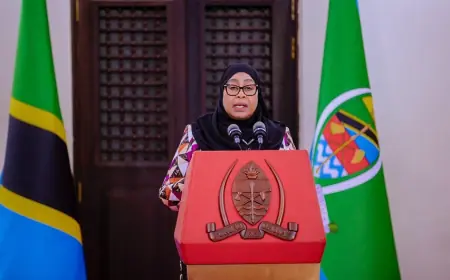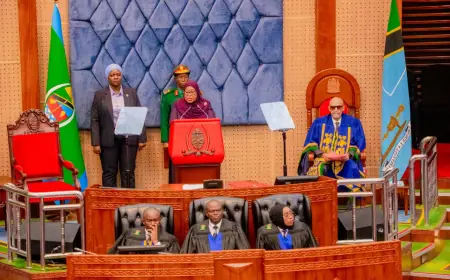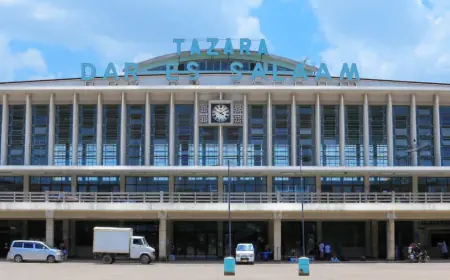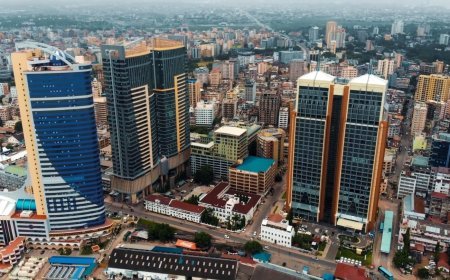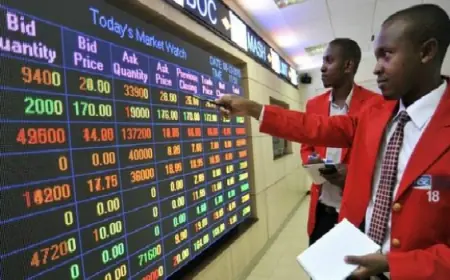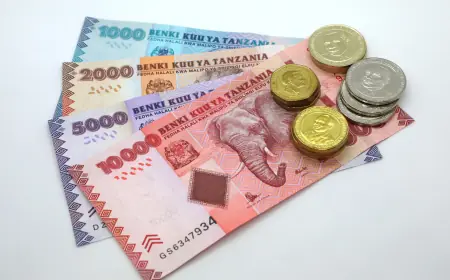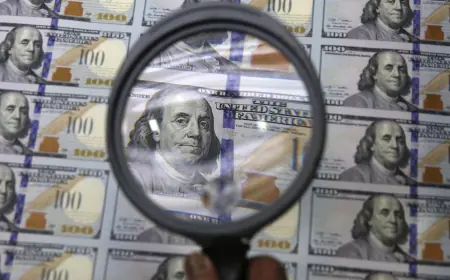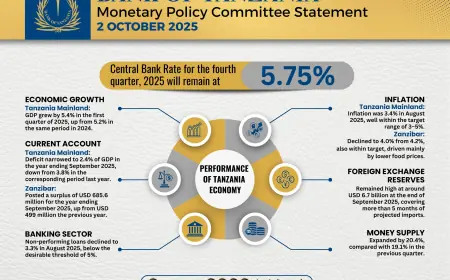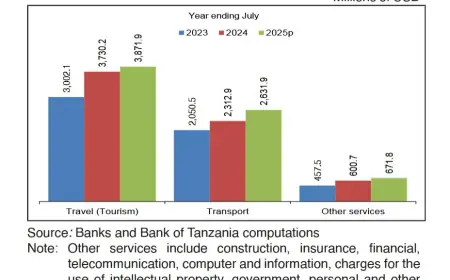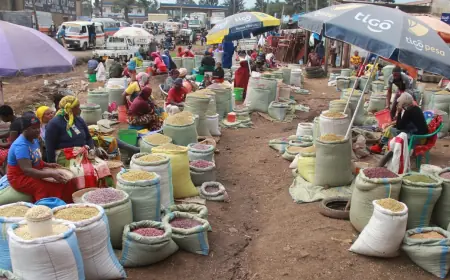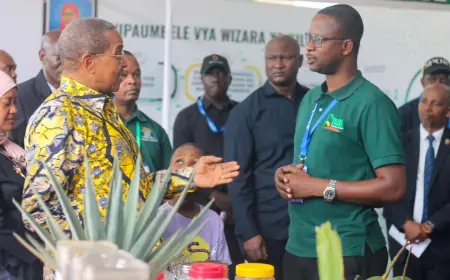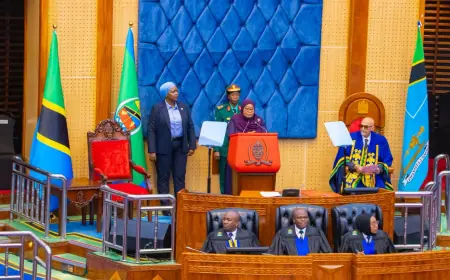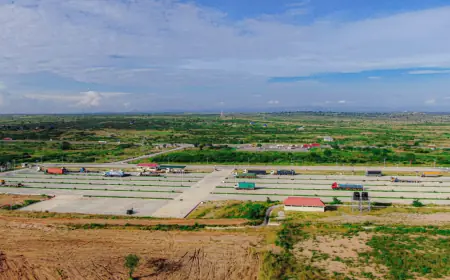Tanzania’s foreign financial assets reach TSh13.2 trillion amid reforms
The increase, reflected in the Depository Corporations Survey published on April 23, 2025 covering the period from January 2000 to March 2025, is attributed to a combination of exchange rate movements, reserve accumulation, and targeted interventions by the central bank to shore up external buffers
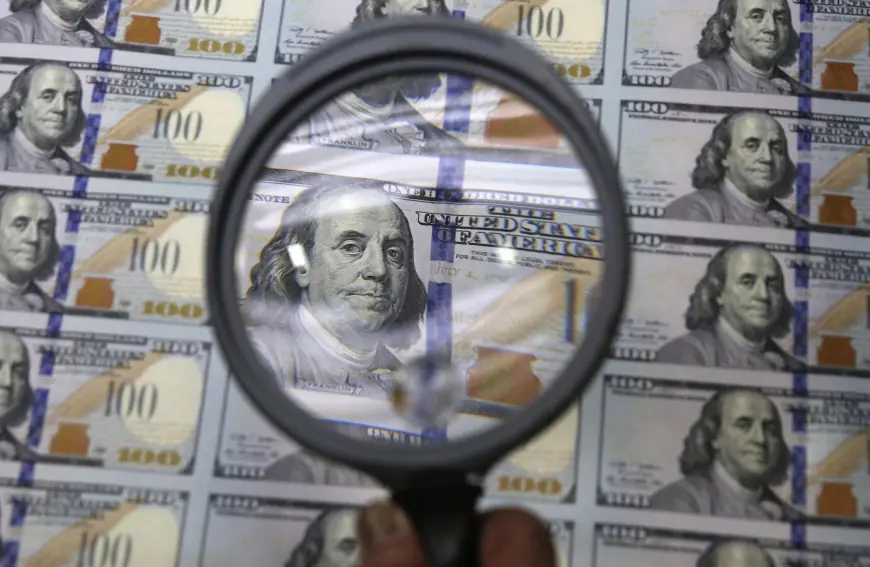
Tanzania’s net foreign financial assets rose to TSh13.2 trillion in March 2025, from TSh12.2 trillion recorded in June 2024, the latest data from the Bank of Tanzania (BoT) show.
The increase, reflected in the Depository Corporations Survey published on April 23, 2025 covering the period from January 2000 to March 2025, is attributed to a combination of exchange rate movements, reserve accumulation, and targeted interventions by the central bank to shore up external buffers.
The BoT’s net foreign assets stood at TSh12.3 trillion in March 2025, compared to TSh11.4 trillion in November 2024.
The bank’s reserve assets—comprising gold, foreign currency holdings, and other international reserves—also grew from TSh13.2 trillion in October 2024 to TSh14.2 trillion in March 2025.
The surge in reserves comes amid a raft of policy interventions aimed at strengthening the Tanzanian shilling, addressing foreign exchange shortages, and preserving macroeconomic stability.
In one of its most notable moves, the central bank in October 2024 directed that all gold dealers reserve at least 20 percent of their production for purchase by the BoT.
As of the 2023/24 financial year, the BoT had acquired 418 kilogrammes of gold under the new directive. The gold, processed at refineries in Mwanza and Dodoma, forms part of the official reserves, which the bank expects to expand further by up to six metric tonnes during the 2024/25 fiscal year.
The foreign reserves are intended to support imports, stabilise the currency, and strengthen investor confidence. By the end of July 2024, the BoT reported gross official reserves of $5.29 billion—enough to cover 4.3 months of projected imports, in line with regional adequacy thresholds.
In January 2024, the BoT transitioned to an interest rate-based monetary policy framework, replacing its previous money supply targeting regime.
Since then, the benchmark rate has been maintained at 6 percent, with inflation remaining within target and economic growth sustained at 5.4 percent in the second quarter of 2024.
The exchange rate has also stabilised. The shilling appreciated to about TSh2,400 per dollar by November 2024, from over TSh2,700 earlier that year.
Central bank officials attributed this gain to revaluation effects rather than actual depletion of assets, noting that foreign exchange operations and market confidence played a critical role.
Measures to boost foreign currency liquidity have included tighter enforcement of export earnings repatriation and discouraging the use of dollars in local transactions.
These steps, authorities say, helped ease the 2023 dollar crisis and restored smoother market functioning in 2024.
The BoT has maintained that current levels of reserves and net foreign assets provide sufficient cushion against external shocks, ensuring the country is well-positioned to weather global financial uncertainties and maintain the stability of its macroeconomic framework.
What's Your Reaction?
 Like
0
Like
0
 Dislike
0
Dislike
0
 Love
0
Love
0
 Funny
0
Funny
0
 Angry
0
Angry
0
 Sad
0
Sad
0
 Wow
0
Wow
0








